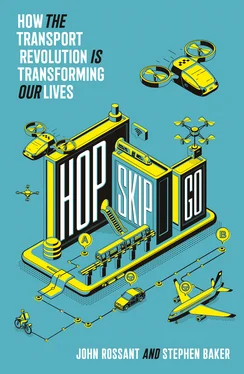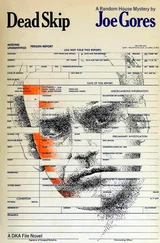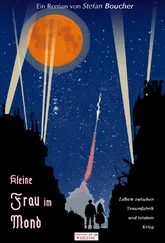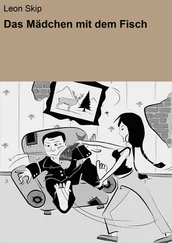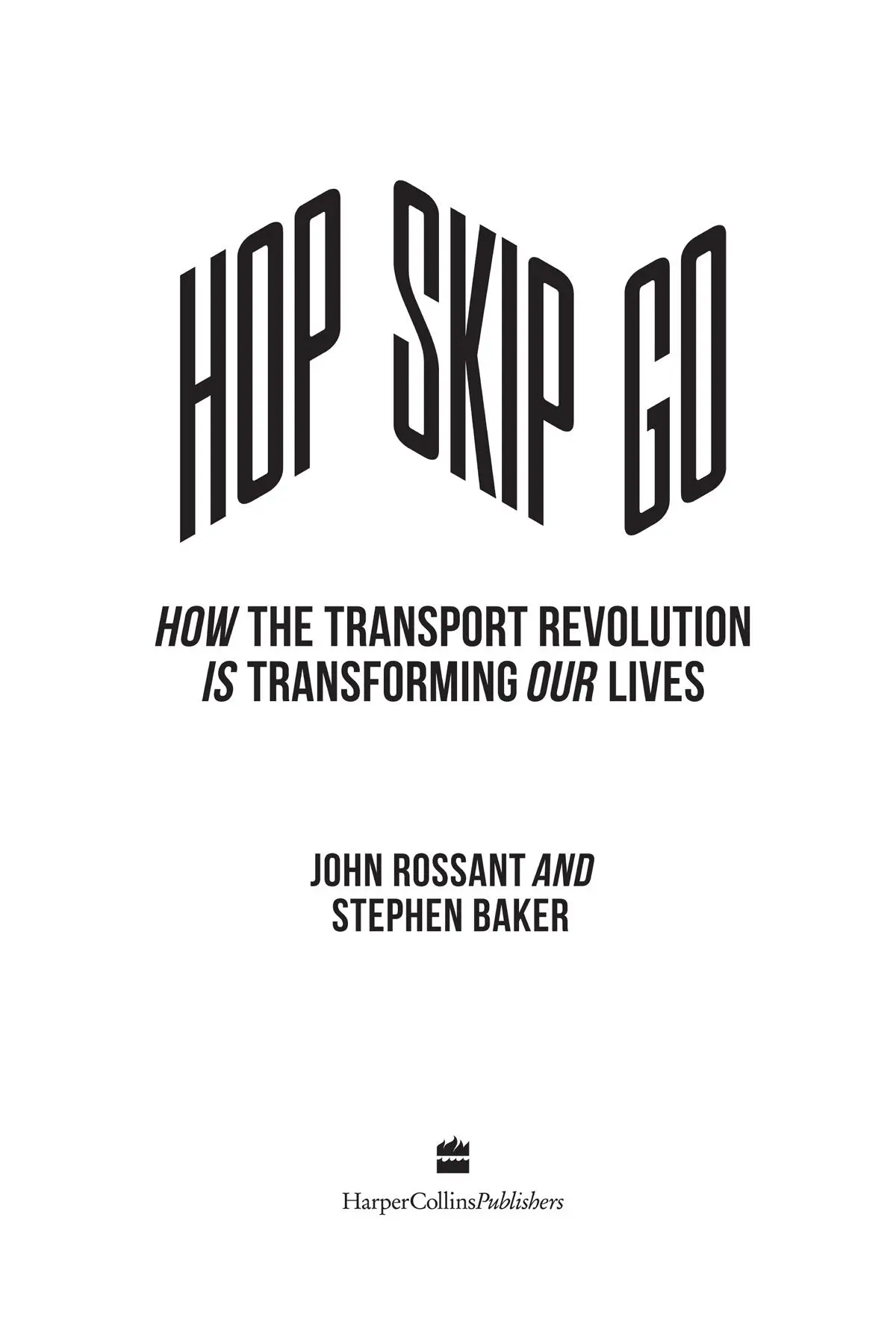
COPYRIGHT Copyright Dedication Introduction 1: Hit Enter to Print Car 2: LA: Crawling to Topanga Canyon 3: 800 Electric Horses 4: Jurassic Detroit 5: Helsinki: Weaving Magic Carpet Apps 6: In the Company of Hawks and Nightcrawlers 7: Dubai: Grasping for the Cutting Edge 8: Idiot Savants at the Wheel 9: Shanghai: Petri Dish on the Huangpu 10: Squadrons of Pack Drones Conclusion: Minutes, Meters, and Moolah Acknowledgments Notes List of Searchable Terms Praise for Hop, Skip, Go About the Authors Also by Stephen Baker About the Publisher
HarperCollins Publishers
1 London Bridge Street
London SE1 9GF
www.harpercollins.co.uk
First published by HarperCollins Publishers 2019
FIRST EDITION
© John Rossant and Stephen Baker 2019
Cover design by Sim Greenaway © HarperCollins Publishers 2019
Cover images © Shutterstock.com
A catalogue record of this book is available from the British Library
John Rossant and Stephen Baker assert the moral right to be identified as the authors of this work
All rights reserved under International and Pan-American Copyright Conventions. By payment of the required fees, you have been granted the nonexclusive, non-transferable right to access and read the text of this e-book on screen. No part of this text may be reproduced, transmitted, downloaded, decompiled, reverse engineered, or stored in or introduced into any information storage retrieval system, in any form or by any means, whether electronic or mechanical, now known or hereinafter invented, without the express written permission of HarperCollins e-books.
Find out about HarperCollins and the environment at www.harpercollins.co.uk/green
Source ISBN: 9780008309480
Ebook Edition © October 2019 ISBN: 9780008309497
Version 2019-10-23
Information about External Hyperlinks in this ebook
Please note that footnotes and endnotes in this ebook may contain hyperlinks to external websites as part of bibliographic citations. These hyperlinks have not been activated by the publisher, who cannot verify the accuracy of these links beyond the date of publication.
DEDICATION Dedication Introduction 1: Hit Enter to Print Car 2: LA: Crawling to Topanga Canyon 3: 800 Electric Horses 4: Jurassic Detroit 5: Helsinki: Weaving Magic Carpet Apps 6: In the Company of Hawks and Nightcrawlers 7: Dubai: Grasping for the Cutting Edge 8: Idiot Savants at the Wheel 9: Shanghai: Petri Dish on the Huangpu 10: Squadrons of Pack Drones Conclusion: Minutes, Meters, and Moolah Acknowledgments Notes List of Searchable Terms Praise for Hop, Skip, Go About the Authors Also by Stephen Baker About the Publisher
To the young ones,
Alex Rossant, Sloane Wright, and Louise Craver,
who will have so many different choices
when it comes to moving around.
CONTENTS
Cover
Title Page
Copyright
Dedication
Introduction
1: Hit Enter to Print Car
2: LA: Crawling to Topanga Canyon
3: 800 Electric Horses
4: Jurassic Detroit
5: Helsinki: Weaving Magic Carpet Apps
6: In the Company of Hawks and Nightcrawlers
7: Dubai: Grasping for the Cutting Edge
8: Idiot Savants at the Wheel
9: Shanghai: Petri Dish on the Huangpu
10: Squadrons of Pack Drones
Conclusion: Minutes, Meters, and Moolah
Acknowledgments
Notes
List of Searchable Terms
Praise for Hop, Skip, Go
About the Authors
Also by Stephen Baker
About the Publisher
INTRODUCTION Introduction 1: Hit Enter to Print Car 2: LA: Crawling to Topanga Canyon 3: 800 Electric Horses 4: Jurassic Detroit 5: Helsinki: Weaving Magic Carpet Apps 6: In the Company of Hawks and Nightcrawlers 7: Dubai: Grasping for the Cutting Edge 8: Idiot Savants at the Wheel 9: Shanghai: Petri Dish on the Huangpu 10: Squadrons of Pack Drones Conclusion: Minutes, Meters, and Moolah Acknowledgments Notes List of Searchable Terms Praise for Hop, Skip, Go About the Authors Also by Stephen Baker About the Publisher
Where have you been your whole life? Think of all the places: home, school, work, restaurants, the gym. Maybe Carnival in Rio, a cheap hotel in Paris? All those memories and routines involved moving your body from one place to another. Movement is such a constant in our lives that it’s easy to overlook. It occupies hours of each day and devours a good share of our money. It’s central to our existence, nearly on a par with eating. If we didn’t move, we’d never see each other. Now, as we enter the third decade of the twenty-first century, the ways we move are changing dramatically.
At about this point, as we describe this book, people often interrupt and say, “Driverless cars, right?”
What’s coming is more than just one instance of robotic navigation, and much bigger. You can see it gearing up around the world. Overwhelmed by traffic and wheezing from smog, cities are confronting the limits of the century-old automobile economy and taking steps to rein it in. Many are extending greenways and building bike lanes. Some, like Madrid, are starting to ban cars altogether from city centers. Others are charging fees to drive in congested areas while presiding over a proliferation of bike- and car-shares. At the same time, a technology explosion is unleashing a new generation of networked machines and services. And yes, it’s true, the automobile, step-by-step, is turning into a robot.
The car we all know, the gas-gulping machine we drive, has had quite a century. Our urban geography has molded itself to its demands. Its networks of highways gave birth to new suburbs, while developers carved out vast downtown acreages for parking lots. Cities grew into planned preserves for countless herds of these four-wheeled creatures, Serengetis for cars and trucks. That automotive monoculture spread around the world, from Los Angeles and Caracas to Moscow and, more recently, Beijing and New Delhi. The car reshaped the surface of the planet and poisoned the air above.
While the automobile isn’t going away, it is losing its primacy. Over the next decade, many of us will find new ways to move. This next stage of human mobility, unlike the last, will not be defined by a single iconic technology. Instead we’ll be faced with a host of choices, most of them tracked and mediated by digital networks. Where it works, this arrangement will be greener, cheaper, faster, and safer than today’s smoggy and gridlocked status quo. The financial impact, for everything from households to national economies, will be profound. Once again, mobility will reshuffle our industrial landscape, juggle the timetables of our lives, and reshape our cities. It will also weigh heavily, for better or worse, on the future of our planet.
Much of the change ahead is tied to digital knowledge—a sprouting awareness of where we are, where we want to go, and what’s available to take us there. This intelligence poses a profound contrast to the status quo of the automobile age, which has been marked by abject ignorance.
To recall just how little we knew, picture the outlaws Bonnie and Clyde on their murderous bank-robbing rampage through the Great Plains in the 1930s. They were driving on public highways, yet no one knew where they were . The police had to track down eyewitnesses and then stick time-colored pins in maps as they attempted to determine where the outlaws might be and where they’d strike next. Cars, for most of the century, were as footloose as hyenas. For millions of teenagers, this ignorance of whereabouts spelled freedom. We were out driving … somewhere. Our parents trusted we weren’t robbing banks. But they knew only vaguely, if at all, where we might be.
Читать дальше
